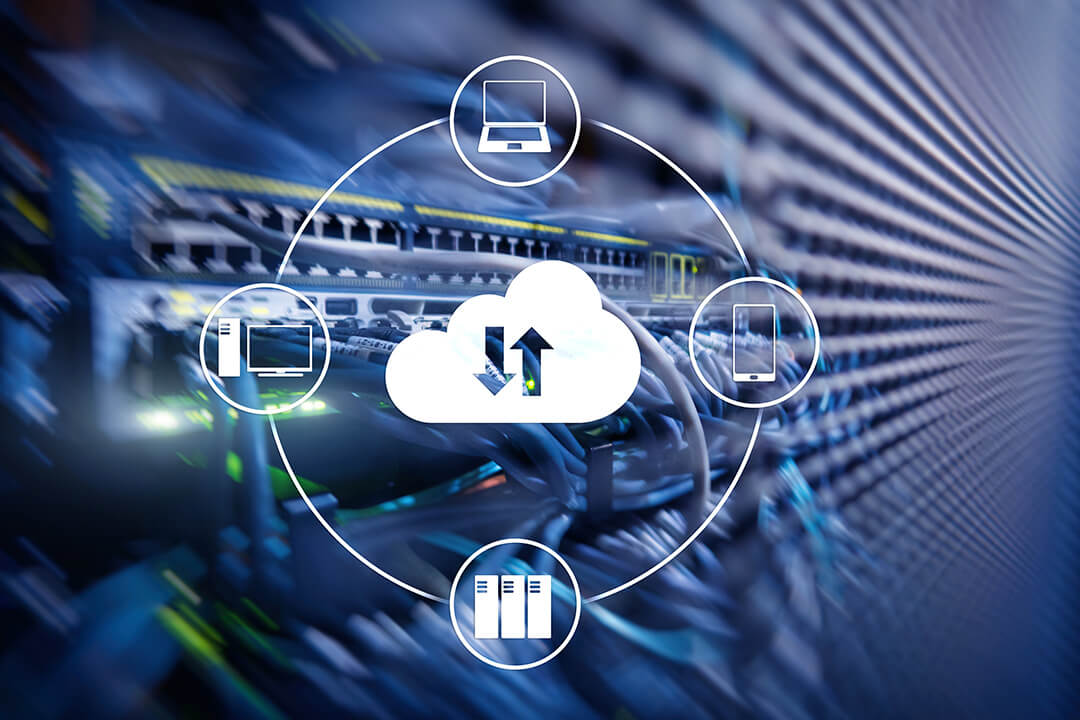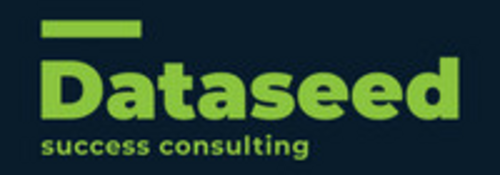Database Migration Solutions
Secure and Seamless Transition between Different Platforms
Database migration solutions are strategic transition processes where organizations modernize not only their infrastructure but also their database technologies. Data integrity, security and business continuity must be ensured at the highest level when migrating from Oracle to PostgreSQL, from SQL Server to MySQL or from on-premise systems to cloud-based databases. These migrations are not just a "migration process"; they are transformation projects that enable your organization to have a more agile, cost-effective and regulatory-compliant data infrastructure.
We are here to introduce you to the technologies of the future.
Our team of experts is always ready to provide solutions and unique offers.
Preliminary Analysis and Evaluation
The migration process starts with a technical, functional and operational assessment of both the source and the target platform. This approach ensures that the migration is controlled and sustainable.
- Cross-platform migration: Strategies are created for conversions such as Oracle → PostgreSQL, SQL Server → MySQL.
- Detailed analysis: Tables, functions, data types and dependent systems are analyzed.
- Risk and integration management: Technical risks, business processes and system integrations are mapped.
Advantage: The transition process becomes planned and predictable, in line with all stakeholders.


Schema Conversion and Code Adaptation
Each database platform has its own language structure, data type and transaction logic. Therefore, code transformations play a critical role in the migration process.
- PL/SQL → PL/pgSQL: Conversion of platform-specific code blocks
- Rewriting of objects: Adapting structures such as triggers, functions and procedures to the new platform
- Conversion of incompatible expressions: Ensuring performance and compliance with manual edits
✅ Advantage: Stable operation of the system without loss of functionality on the new platform.
Data Migration and Harmonization
Data is not just moved; it is optimized and transferred according to the structure of the target platform. Thus, system stability and performance are maintained.
- Migration methods: Binary transport (dump/restore, logical replication) and streaming solutions are used.
- Data type conversions: For example, CLOB → TEXT, NUMBER → BIGINT are converted with compatible equivalents.
- Optimization of large data sets: Parallel migration and incremental scenarios accelerate the process.
Advantage: The target system is commissioned quickly and smoothly, without loss of performance or data loss.


Data Validation and Comparison
After the migration, the consistency, performance and user experience of the system are rigorously tested. This ensures that the new platform runs smoothly.
- Data consistency checks: Line-wise comparison and hash validation methods are applied.
- Performance tests: Response time and result accuracy of critical queries are analyzed.
- User acceptance tests (UAT): System functionality is tested with end-user scenarios.
✅ Advantage: 100% validation of the system's operation on the new platform.
Go Live and Operational Stability
The cutover process is carefully planned and the stability of the system after the transition is continuously monitored. The goal is to ensure that the operation continues with zero disruption.
- Rollback plans: Possible rollback scenarios are prepared in advance.
- Post-live support: First day performance monitoring and tuning processes are applied.
- SLA comprehensive monitoring: Post-process support and reporting is provided.
Advantage: The process is successfully completed without business interruption after the transition.
💡 Platform migrations we have realized:
- Oracle → PostgreSQL / EDB / AlloyDB
- SQL Server → MySQL / MariaDB / PostgreSQL
- On-prem → Google Cloud / AWS RDS / Azure SQL
With this comprehensive service model:
- We manage your platform-independent database transformation end-to-end,
- We reduce data loss and operational risk to zero,
- We free you from license costs and move you to open source, free infrastructures.



